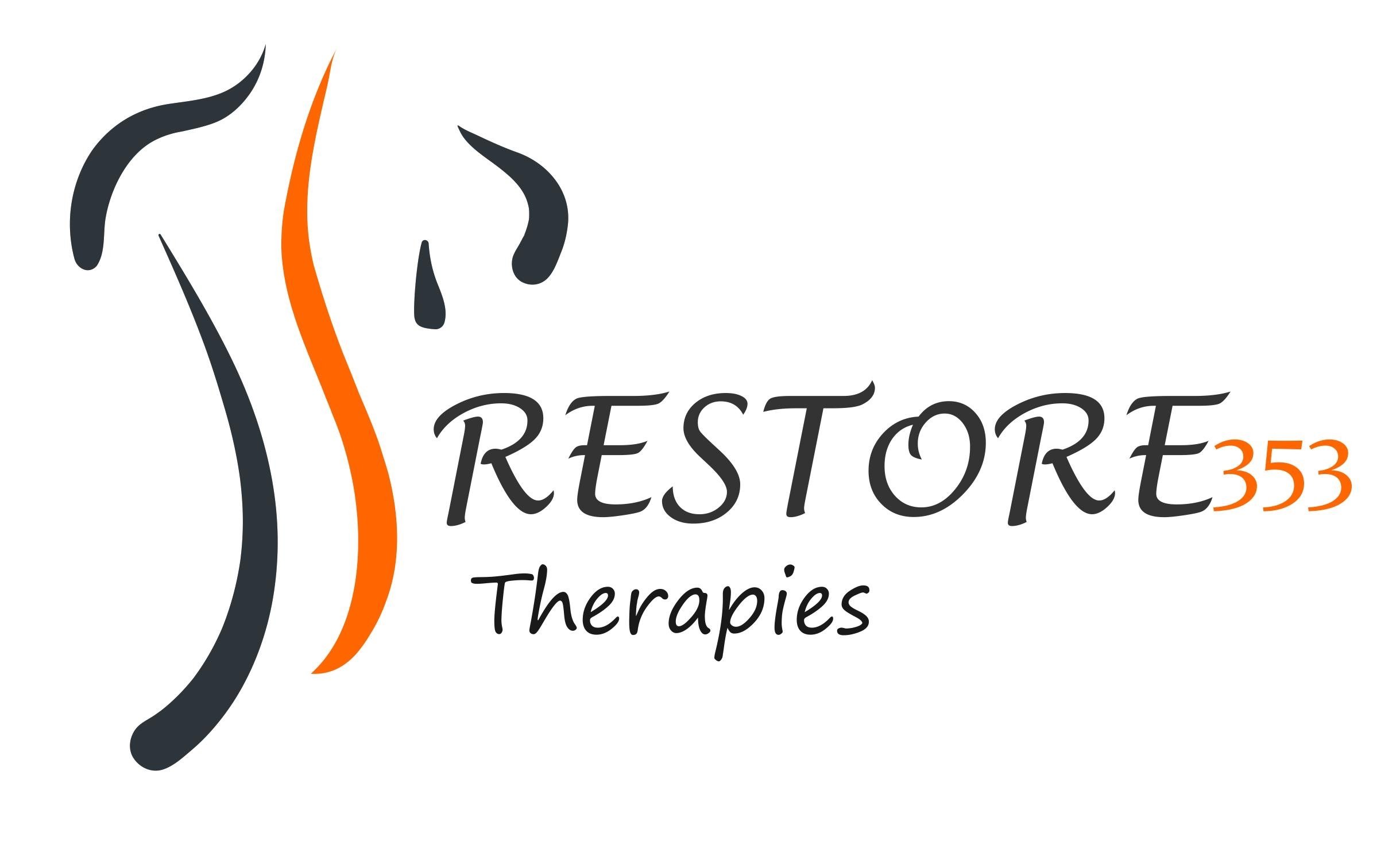Ergonomics: Sitting at Your Desk
It is very easy to fall victim to poor, but comfortable posture. In fact, most people we observe when visiting workstations have poor working posture. Many direct blame towards their work environment, yet often times there are simple adjustments the worker can make to gradually improve their overall posture.
So, why are workers unwilling to take responsibility and action to prevent pain caused by poor work posture? With the amount of time people spend at their desks, along with the daily stresses, and consuming workload, it can seem like an additional chore to maintain good posture.
As the hours go by, one tends to slouch more and more. This is where awareness is paramount. Knowing what's happening to your body and trying to correct it becomes a primary goal, and one we teach our patients in every Ergonomics session.
Consider your posture as you are reading this post. Are your shoulders rounded? Are you slouched in your chair?
Viewing these photos, it is easy to recognize the failures in workstation posture.
In Image #1, we see the deviation from the proper alignment due to the anterior position of the head and neck.
Image #2 shows the deviation from the shoulder to the elbow. That too should be part of the straight "Line A", but the elbow has shifted about 45 degrees.
These changes in posture occur because the worker is reaching forward for the keyboard; causing the shoulders to round, the mid-back to have an increased curve, and the neck/head to slide forward. The shoulder blades also pull further apart and away from the rib cage.
What happens to your body when this happens? The incorrect position of the shoulder blades causes the bones of the upper arm (the humerus) to turn inward in the 'ball and socket' joints attaching to the shoulder blade. This creates an increased stress on the anterior structures of the arm and chest. These changes can cause inflammation of the tendons in the chest and arm muscles, including the muscles responsible for most of the movement in the shoulders, the rotator cuff muscles.
How can you identify these movements at your desk? Look from the side. The ear, shoulder, elbow and hip should all be in alignment. A straight line should be able to be drawn through all four of these points.
What steps can you take now? Knowing it's quite impossible to do a "180" and completely reverse what your body has readjusted or conformed to in one day, small and steady steps are an excellent start. Simply begin your day with a quick evaluation of your posture. Make sure you have a straight back with non-rounded shoulders. This slight change can help you slowly, but surely, improve your performance and strengthen your posture.
To learn more about our Ergonomics service and how you can improve your workstation posture, please visit here.


